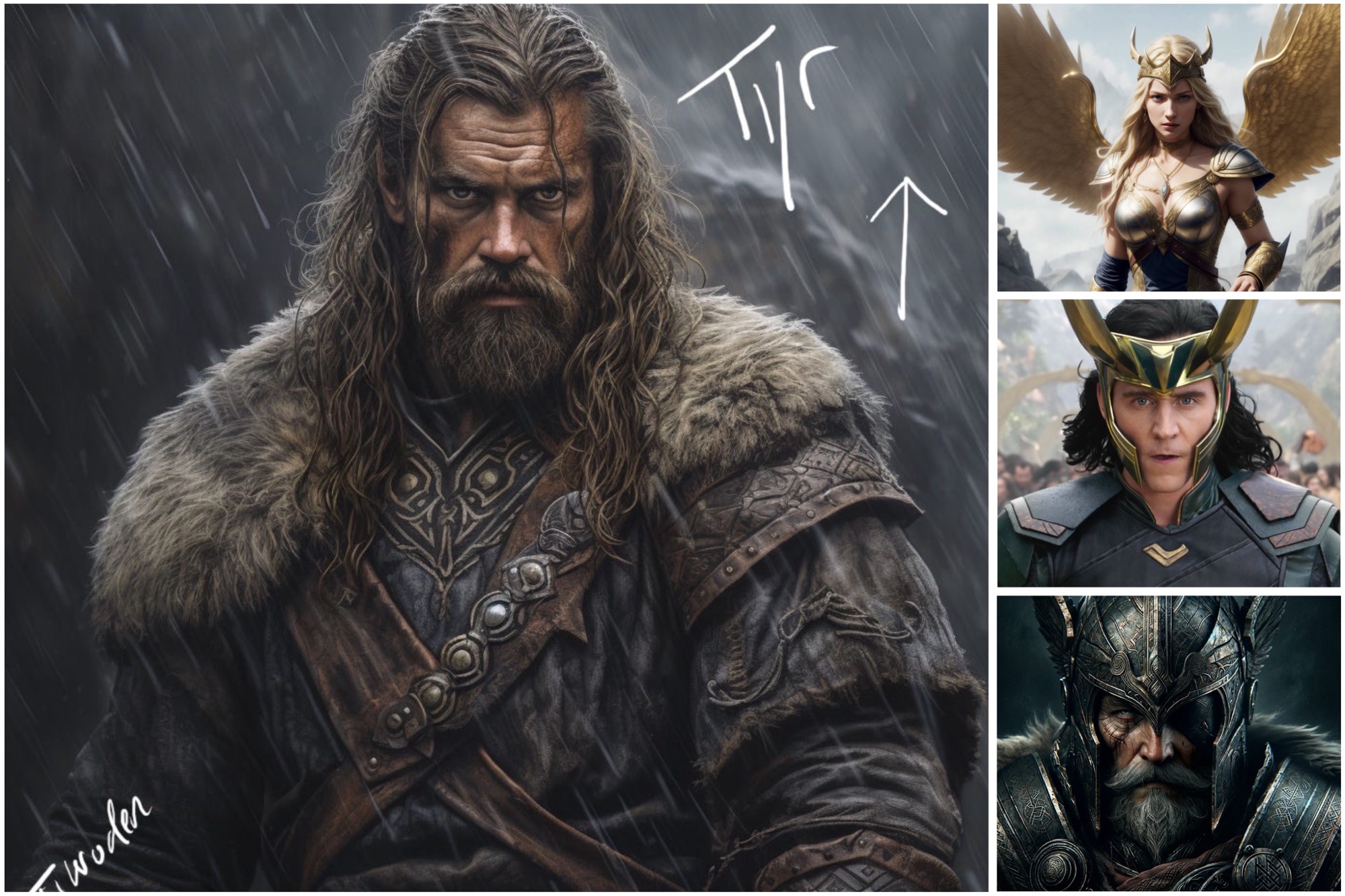The Norse pantheon, revered by the Vikings, is abundant with numerous gods and goddesses. Ancient texts, sagas, and archaeological discoveries have illuminated these divine figures and their importance in Viking culture. Here are twelve key deities that stand out in Norse mythology:
12. Hermóðr
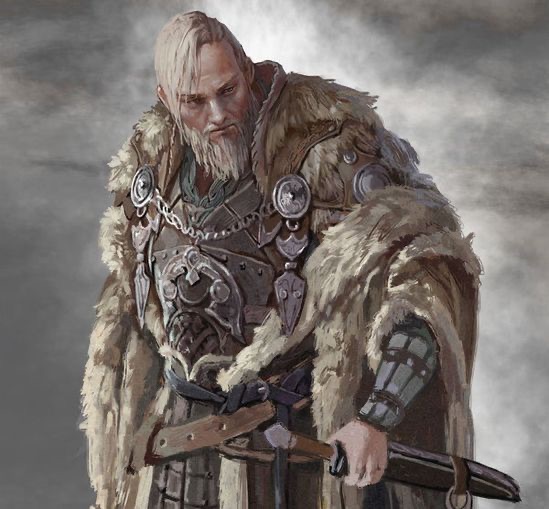
Hermóðr, a son of Odin, served as the divine messenger, known for his swiftness, similar to the Greek god Hermes. After the unexpected death of his brother Balder, orchestrated by Loki’s deceit, Hermóðr was chosen to descend to the underworld on Odin’s eight-legged steed to plead with the goddess Hel for Balder’s resurrection.
Hel agreed, but with a condition: all beings, living or dead, must weep for Balder. Hermóðr relayed this condition back to the Æsir. A universal lament followed, except for one giant—presumably Loki in disguise—thus sealing Balder’s fate in the realm of the dead.
11. Heimdall
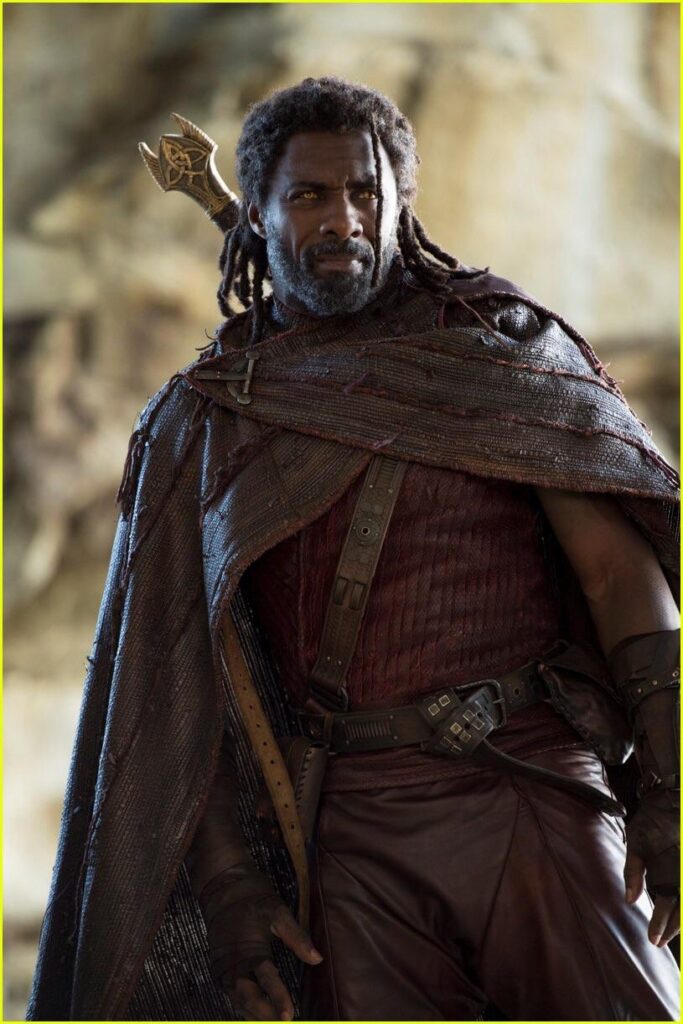
Heimdall, a son of Odin, served as the vigilant guardian of the Nine Realms in Norse mythology. Blessed with extraordinary sight and hearing, he resided in a celestial stronghold at the Bifrost, the magical rainbow bridge connecting Ásgard to Midgard, the realm of humans.
Equipped with the Gjallarhorn, a powerful horn, Heimdall sounded its call to signal the beginning of Ragnarök, summoning the gods for the final legendary battle.
10. Freyr
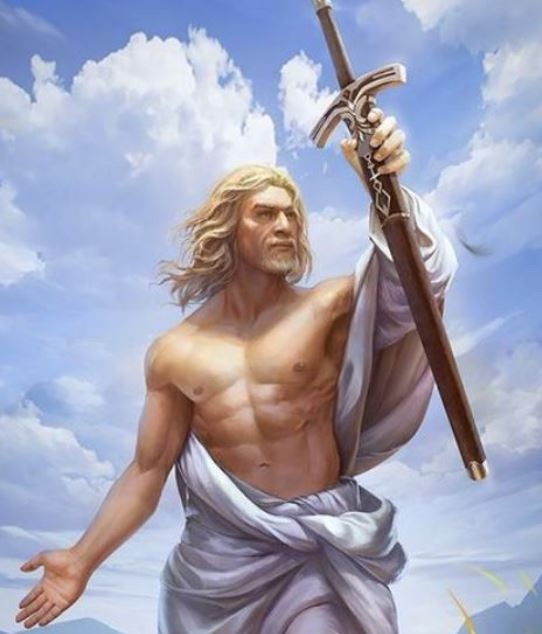
Freyr, the son of Njörðr and brother of Freya, was closely linked to peace and bountiful harvests. His association with these elements made him highly favored among the Norse people, who saw prosperity in plentiful crops and peaceful times.
He was also venerated as the god of fertility and growth, often symbolized by a phallic emblem. Like many gods, Freyr met his end during the cataclysmic battle of Ragnarök.
9. Njörðr
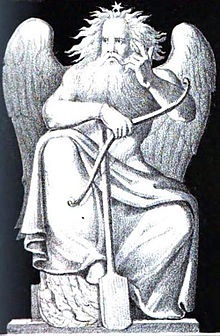
Njörðr was a member of the Vanir, a group of deities once in conflict with the Æsir. The Vanir resided in Vanaheim and were known for their lesser focus on warfare compared to the Æsir of Ásgard. Although Njörðr’s exact status is not definitively known, he is often depicted as a leader among the Vanir.
As the god of the sea and its related realms—such as fishing, winds, coastlines, navigation, and wealth—Njörðr was highly esteemed by the seafaring Vikings.
He lived with his children, Freya and Freyr, who were born from his union with his sister, Nerthus.
Njörðr played a crucial role in ending the feud between the Æsir and Vanir. He traveled to Ásgard to negotiate a settlement, resulting in an agreement that he and his children would live among the Æsir, symbolizing the unification of the two divine groups.
8. Týr
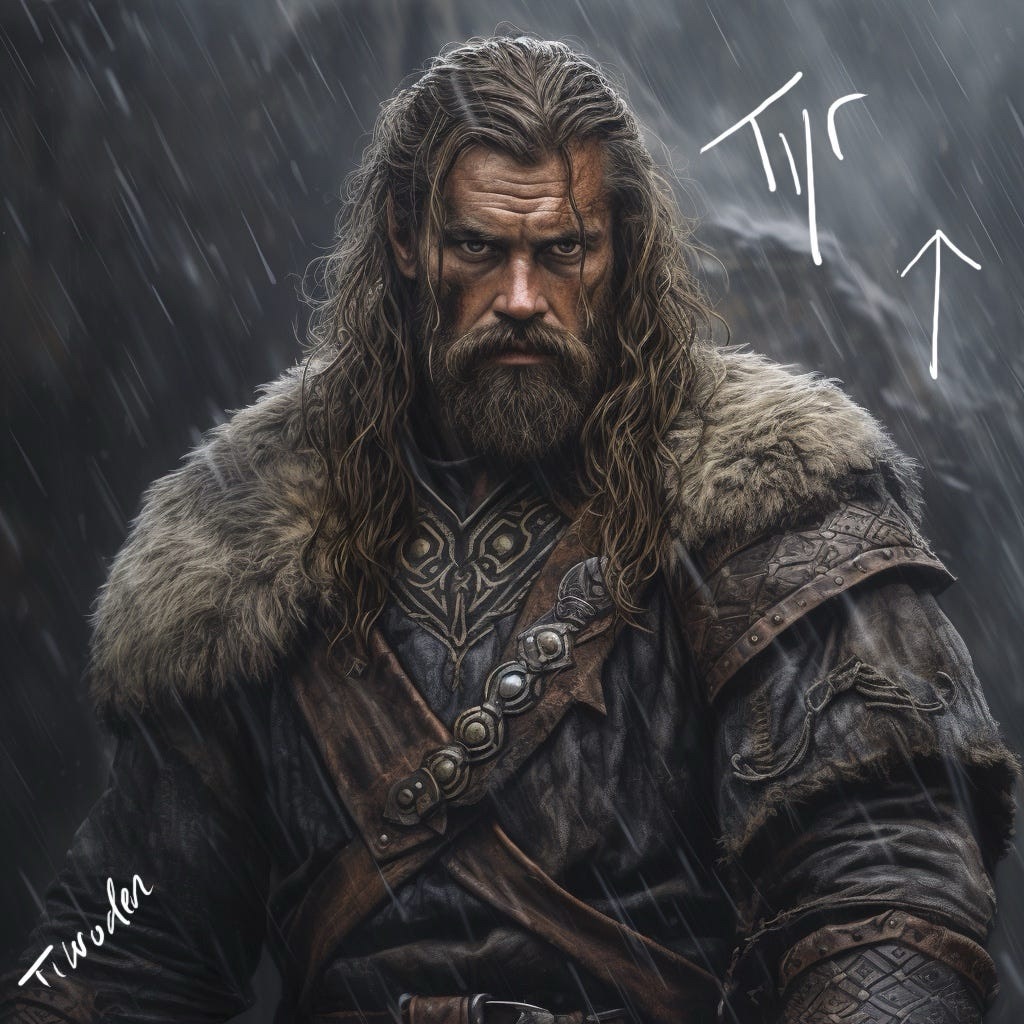
Týr, one of the most ancient figures in Norse mythology, was the god of war and carnage. He was portrayed as a brave and noble warrior, protector of soldiers and legendary heroes. Interestingly, he was also revered as the god of law and justice.
A member of the Æsir lineage residing in Ásgard, Týr was believed to be the son of either Odin or a giant named Hymir. While details about him are limited, he is best known for losing his hand to the giant wolf Fenrir.
According to legend, the gods repeatedly tried to bind Fenrir, a descendant of the trickster Loki, but the wolf always escaped. Eventually, they enlisted the dwarves to create an unbreakable chain. When presented with this new fetter, Fenrir grew suspicious and demanded that a god place a hand in his jaws as a guarantee. Týr, displaying extraordinary bravery, agreed. When Fenrir realized he was trapped, he bit off Týr’s hand.
During the apocalyptic battle of Ragnarök, Týr fought and killed the hound Garmr, but he also met his end in the process.
The name ‘Tuesday’ is derived from Týr, honoring him as ‘Týr’s day’.
7. Hel
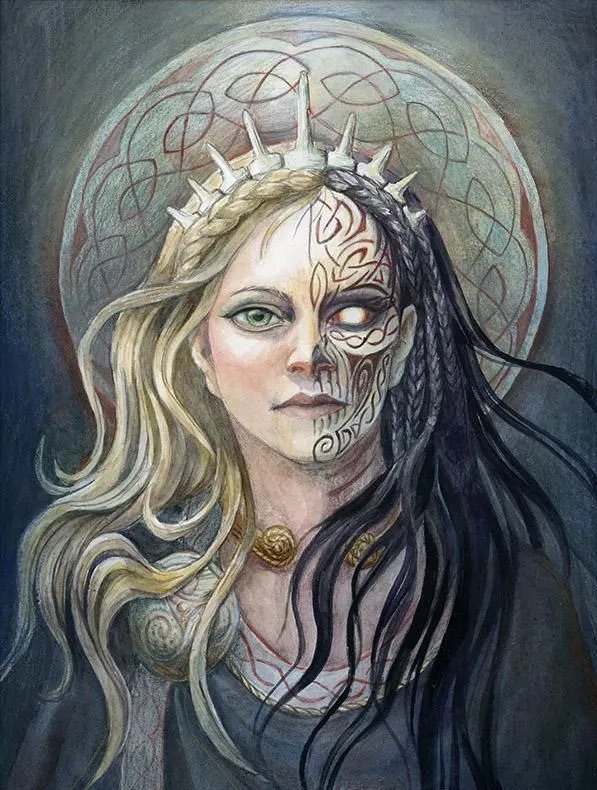
Hel, the daughter of Loki, ruled over the realm of the dead in Norse mythology, a place for Vikings who died outside of battle. She was depicted as a being of contrasts, with one side of her body alive and the other skeletal. This duality reflected her role as the sovereign of the dead, where she judged the fates of the arriving spirits. It was said that she held more power than Odin within her domain, a belief reinforced when she decided the fate of Balder’s spirit after his death.
6. Balder
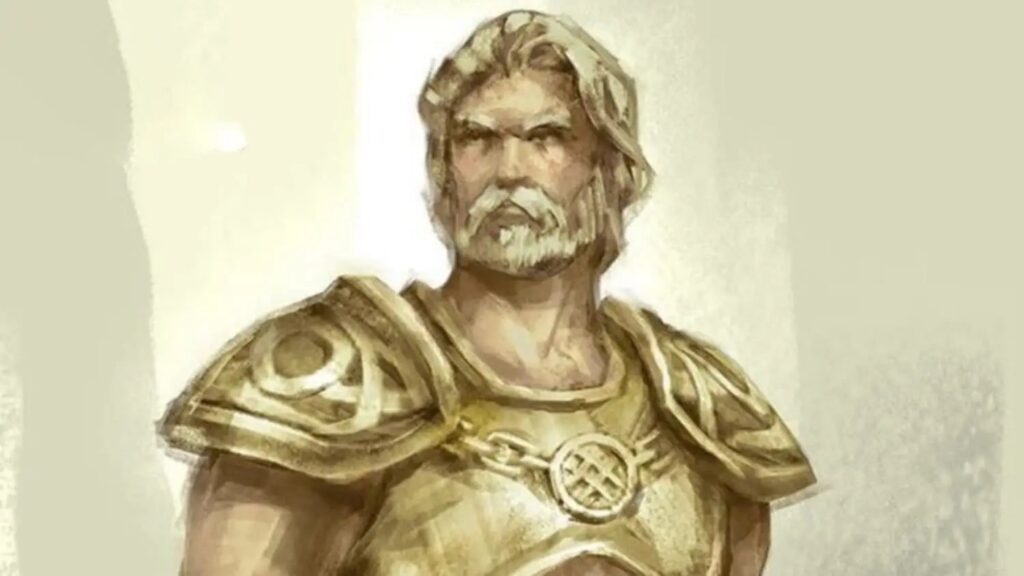
Balder, Odin’s son and Thor’s half-brother, was revered as the god of light and innocence. Known for his fairness, compassion, and unrivaled beauty, Balder epitomized wisdom and virtue.
However, his most famous story is his tragic death. Despite the belief in his immortality, a prophecy foretold his demise. To prevent this, his mother Frigg sought oaths from all beings to protect him from harm. She overlooked mistletoe, considering it too harmless to be deadly.
Loki, the trickster, discovered this oversight and crafted a dart from mistletoe. In a cruel twist, Balder’s blind half-brother Höðr, in a jest, threw the dart, striking Balder’s heart and resulting in the death of the ‘noblest among gods.’
5. Freya
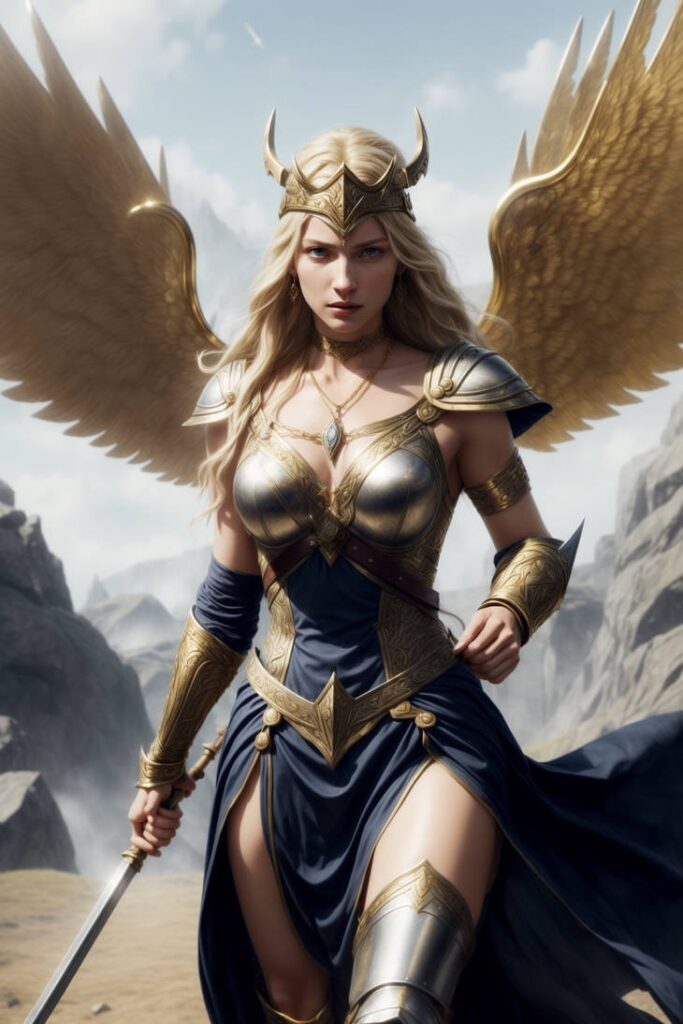
Freya, revered in Norse mythology, embodied various aspects such as destiny, love, beauty, wealth, war, and fertility. A deity from the Vanir tribe, she ruled over Fólkvangr, a divine field where half of the warriors slain in battle resided, while the remaining souls were taken by the Valkyries to Odin’s Valhalla.
Her possessions included the Brísingamen necklace and a cloak made of falcon feathers. She traveled the skies in a chariot pulled by two cats and was often accompanied by her boar, Hildisvíni.
Freya was skilled in Seidr, a magical practice that allowed her to influence others’ desires and fortunes. Her association with destiny and fate made her one of the most powerful figures in the Norse pantheon.
4. Loki
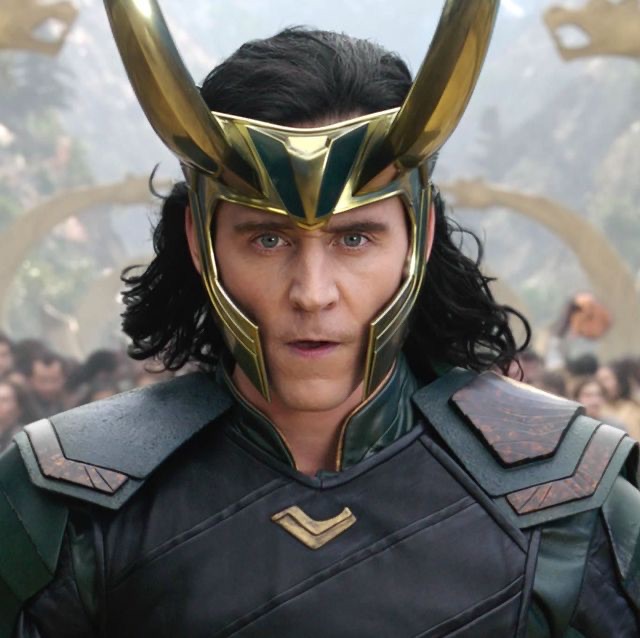
Loki, who has gained contemporary fame through the Marvel cinematic universe, is a complex deity in Norse mythology. Contrary to his portrayal in the movies, he is not Odin’s son nor Thor’s sibling but is instead considered Odin’s ‘blood brother’ and a member of the Æsir.
Known for his cunning and shapeshifting abilities, Loki’s role as the trickster god is marked by his intricate interactions with the other gods, sometimes aiding them and at other times, thwarting their efforts.
While often seen as mischievous rather than outright malevolent, Loki’s actions could have dire consequences. Notably, he played a pivotal role in the demise of the god Balder, fashioning a projectile from mistletoe, Balder’s singular vulnerability.
3. Thor
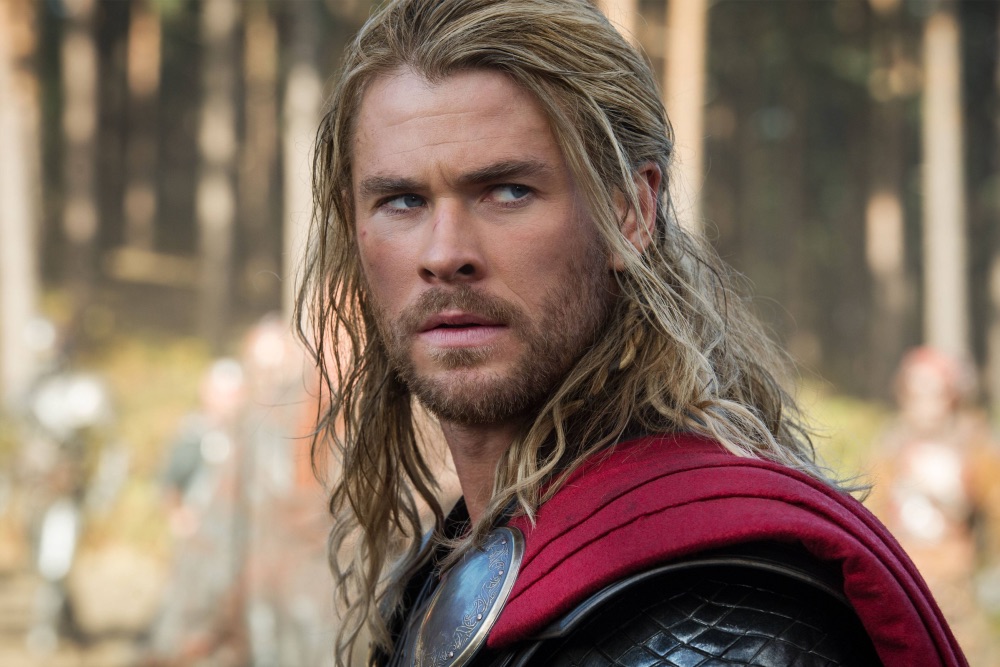
Thor, widely known today thanks to the Marvel Universe, is a prominent figure in Norse mythology. He is the god of thunder and wields Mjölnir, a powerful hammer capable of defeating giants and leveling mountains. His chariot is drawn by two massive goats, Tanngniost and Tanngrisnir.
Though he is Odin’s son, Thor is often considered the mightiest of the Norse gods, tasked with defending Asgard, the stronghold of the Æsir. He was immensely popular among the Vikings.
The name ‘Thursday’ comes from Thor, derived from the Old Norse term for ‘Thor’s Day’.
2. Frigg
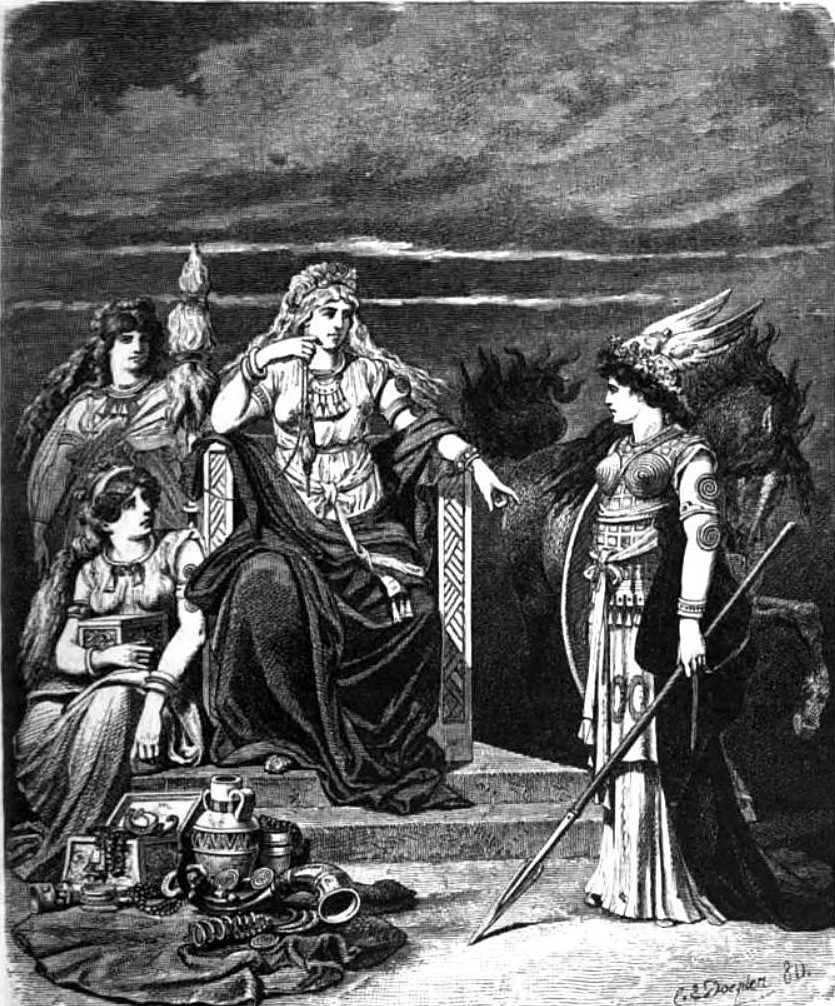
Frigg, the consort of Odin, was the esteemed Queen among the Æsir deities and possibly the most revered Norse goddess. She uniquely sat beside Odin and remained his steadfast companion despite his numerous affairs.
Frigg was revered as the sky goddess, embodying qualities of wisdom, marriage, motherhood, and fertility. Gifted with the power of prophecy, she chose to keep her foresights secret. Her deep maternal devotion played a central role in the tragic fate of her son, Balder.
The name ‘Friday’ is derived from Frigg, highlighting her lasting influence on our weekly calendar.
1. Odin
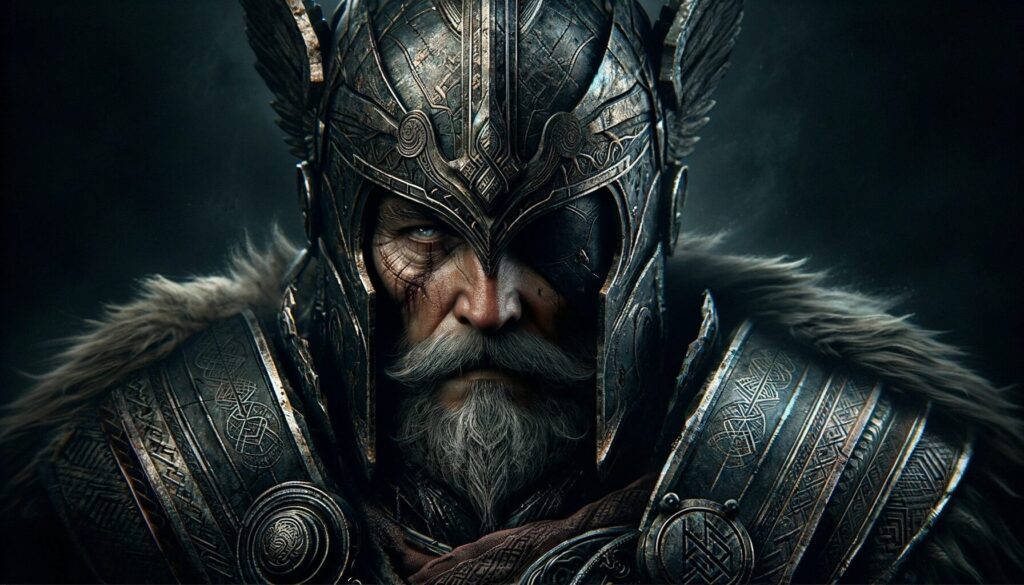
Odin is a towering figure in Norse mythology, presiding over the pantheon as the sovereign of the Æsir deities. Known as the ‘patriarch of all divinities,’ he is typically depicted as an elder with one eye, wearing a hat and cloak, and riding the mythical eight-legged steed, Sleipnir. According to legend, Odin defeated the primeval entity Ymir, and from Ymir’s remains, the Earth was formed.
As one of the most revered and powerful Norse gods, Odin’s domain covered a wide range of aspects, including wisdom, knowledge, healing, death, and war. He was also the lord of Valhalla, the ‘hall of the fallen,’ where warriors slain in battle were gathered. Additionally, the legacy of the Vikings is reflected in our calendar, with ‘Wednesday’ originating from ‘Woden’s day,’ a reference to one of Odin’s alternate names.
